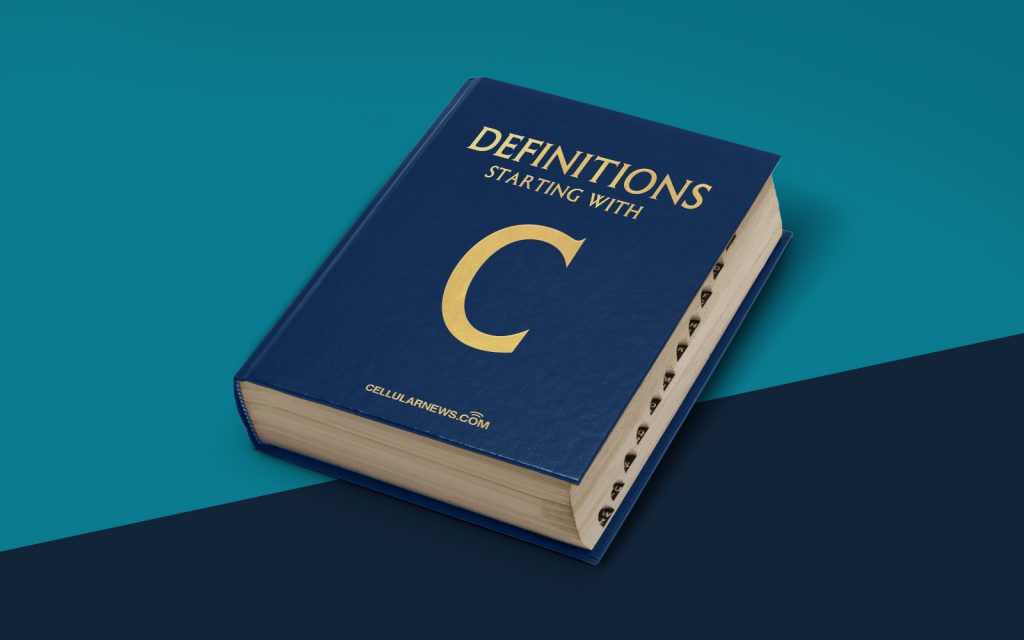
What is Classification? A Comprehensive Explanation
As part of our “DEFINITIONS” series, we’re diving deep into the world of classification. In this blog post, we will explore the concept of classification, how it works, and why it is crucial in various fields. Whether you’re new to the subject or looking to refresh your knowledge, we’ve got you covered.
Key Takeaways:
- Classification is the process of categorizing or organizing items, data, or concepts based on their shared characteristics.
- Classification helps in better understanding, decision-making, and efficient management of information.
Now, let’s explore the concept of classification in depth.
Understanding Classification
Have you ever wondered how libraries categorize books or how e-commerce websites recommend products based on your preferences? The answer lies in classification. Simply put, classification is a systematic process of organizing things into groups or categories based on their commonalities.
Classification is not limited to physical objects; it also applies to information, data, and concepts. By classifying items, we can make sense of a vast amount of information and make it more manageable. It helps us understand relationships between different entities, simplifies decision-making, and enables us to draw valuable insights.
Here are a few areas where classification plays a crucial role:
The Significance of Classification
1. Organizing Information: Classification is an essential tool for organizing various forms of information. Whether it’s books in a library, documents in an office, or data in a database, classification helps in arranging and retrieving information efficiently.
2. Data Analysis and Machine Learning: In the digital age, organizations generate massive amounts of data. Classification algorithms are used to analyze this data, identify patterns, and make predictions. Machine learning algorithms often rely on classification to build models that can recognize and classify new data points accurately.
3. Customer Segmentation and Targeting: Businesses use classification to segment their customer base and tailor their marketing strategies accordingly. By identifying specific groups based on demographics, preferences, or purchase history, companies can create personalized experiences and targeted campaigns, ultimately increasing customer satisfaction and sales.
4. Medical Diagnosis: Classification finds its application in the medical field, where it helps in diagnosing diseases. By classifying symptoms, medical professionals can determine potential conditions, recommend appropriate treatments, and provide accurate predictions for patient outcomes.
5. Species Identification and Taxonomy: Classification is fundamental in the field of biology to identify and categorize species. Taxonomy, a branch of biology, relies heavily on classification to classify organisms into hierarchical groups based on their evolutionary relationships.
Conclusion
Classification is a powerful tool that allows us to organize, understand, and make sense of the world around us. From libraries to machine learning algorithms, classification plays a vital role in various domains. By categorizing items, data, and concepts, we can unlock insights, streamline processes, and enhance decision-making.
Key Takeaways:
- Classification is the process of categorizing or organizing items, data, or concepts based on their shared characteristics.
- Classification helps in better understanding, decision-making, and efficient management of information.
Next time you walk into a library or receive personalized recommendations on an e-commerce website, remember that classification is at the core of this convenient experience. Embrace the power of classification and unlock a world of possibilities!
